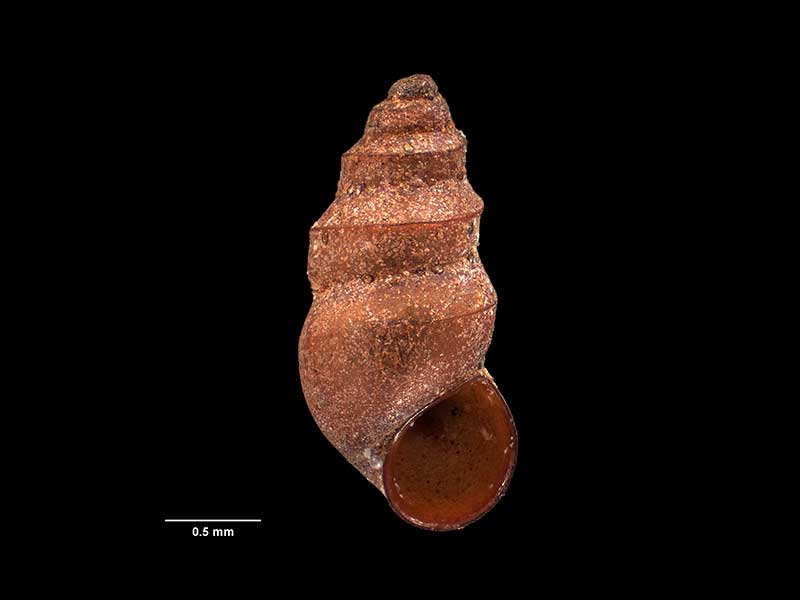Compare Halopyrgus pagodulus
| toggle to add to compare list |
Taxonomy
Family: TATEIDAE Full Classification: Mollusca (Phylum) > Gastropoda (Class) > Caenogastropoda (Subclass) > Littorinimorpha (Order) > Truncatelloidea (Superfamily) > Tateidae (Family) > Halopyrgus (Genus) > pagodulus (Species) |
Images: Halopyrgus pagodulus Haase, 2008
Taxonomy
Family: TATEIDAE Full Classification: Mollusca (Phylum) > Gastropoda (Class) > Caenogastropoda (Subclass) > Littorinimorpha (Order) > Truncatelloidea (Superfamily) > Tateidae (Family) > Halopyrgus (Genus) > pagodulus (Species) |
Details: Halopyrgus pagodulus Haase, 2008
Size/Grows to:
Height 2.5mm, Width 1.2mm
Distribution:
North Cape Block to northeast Northland and Great Barrier Island
Notes:
Species Links
Distribution Map
References and Publications
- Haase, M. 2008 The radiation of hydrobiid gastropods in New Zealand: a revision including the description of new species based on morphology and mtDNA sequence information, Systematics and Biodiversity, 6(1) (p.109) Original Description
NZ Geographical Regions
Recently Viewed




